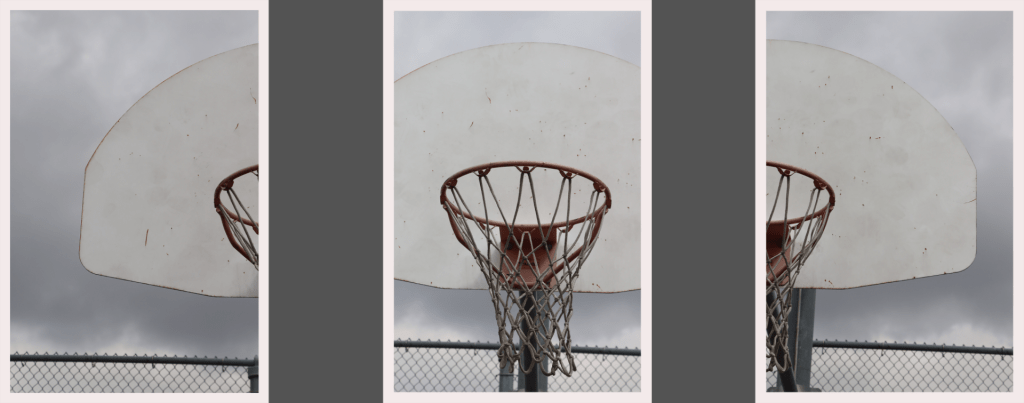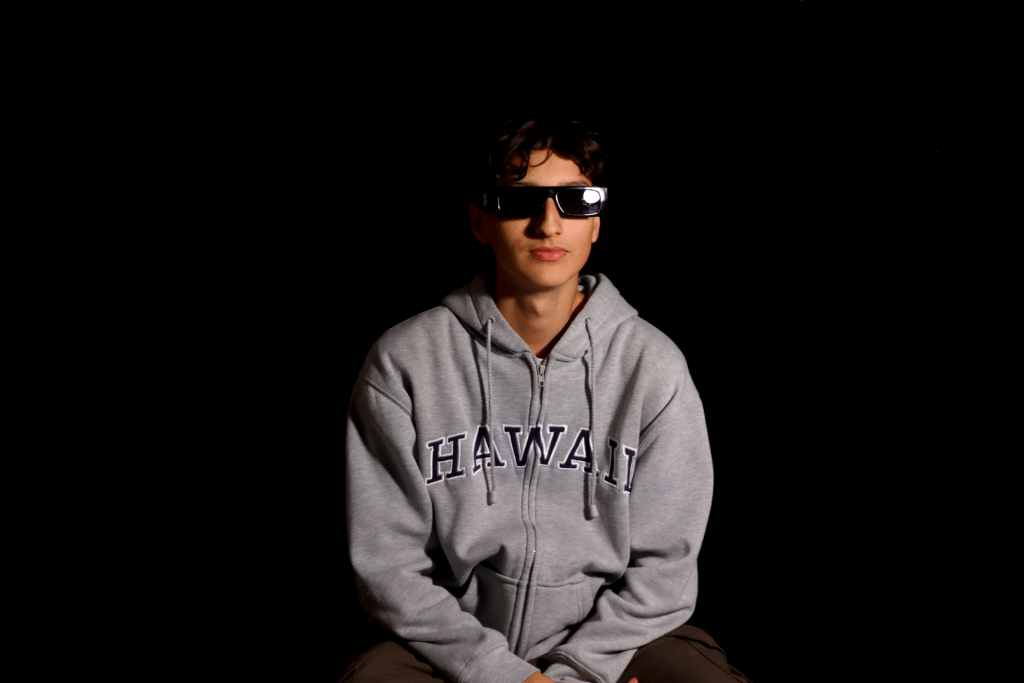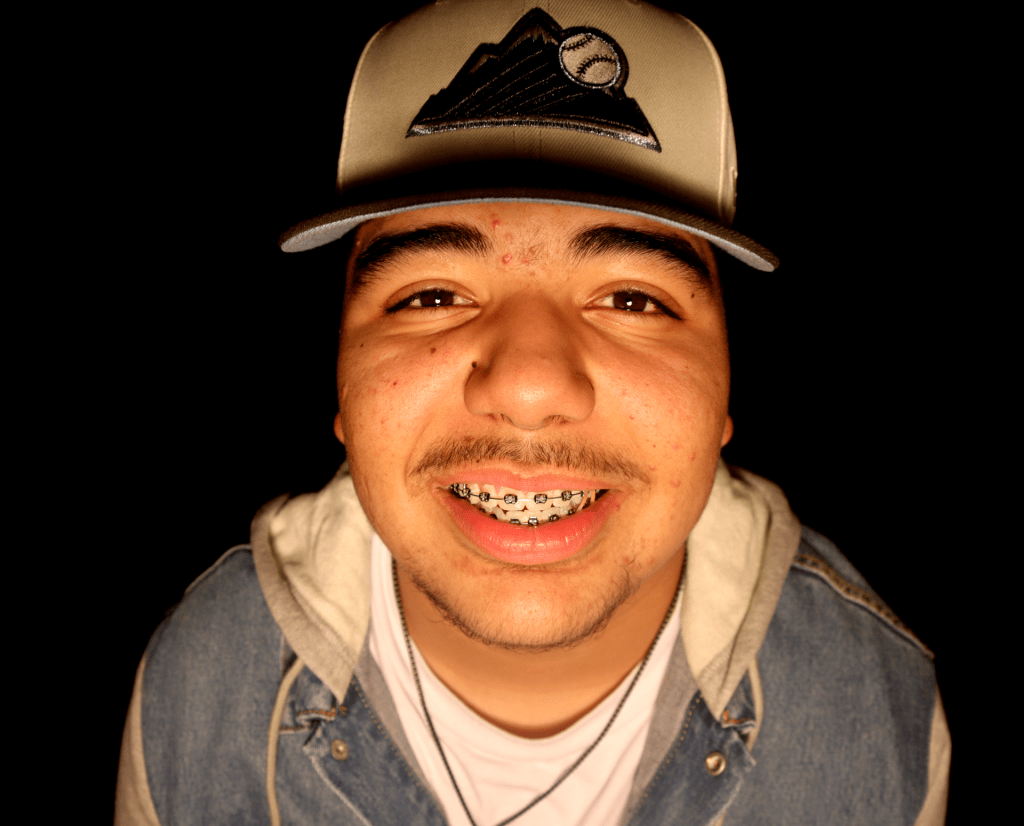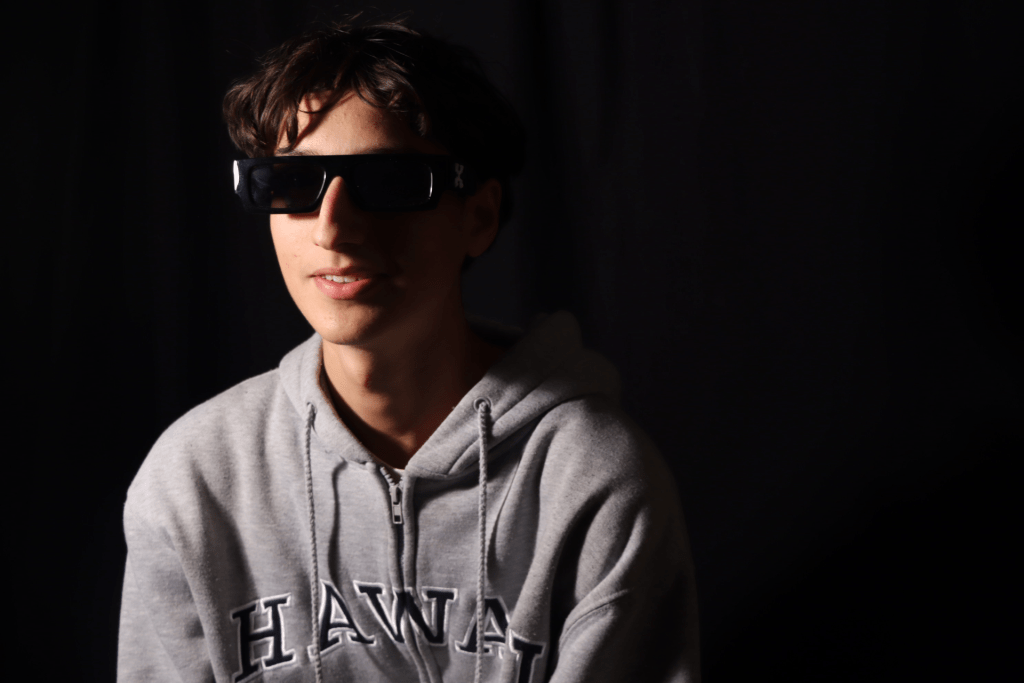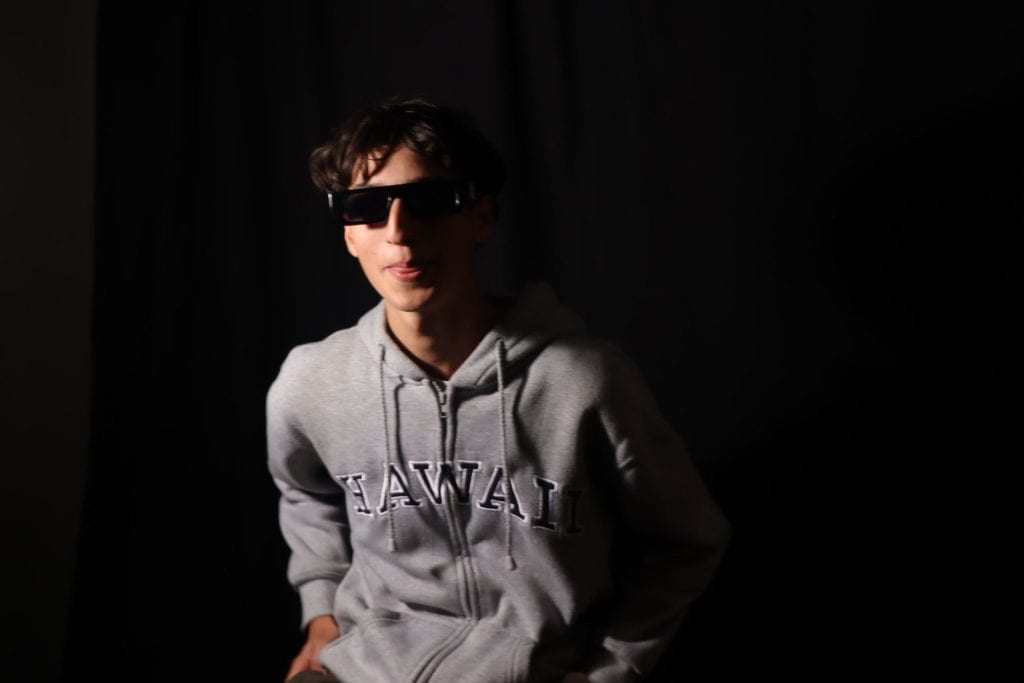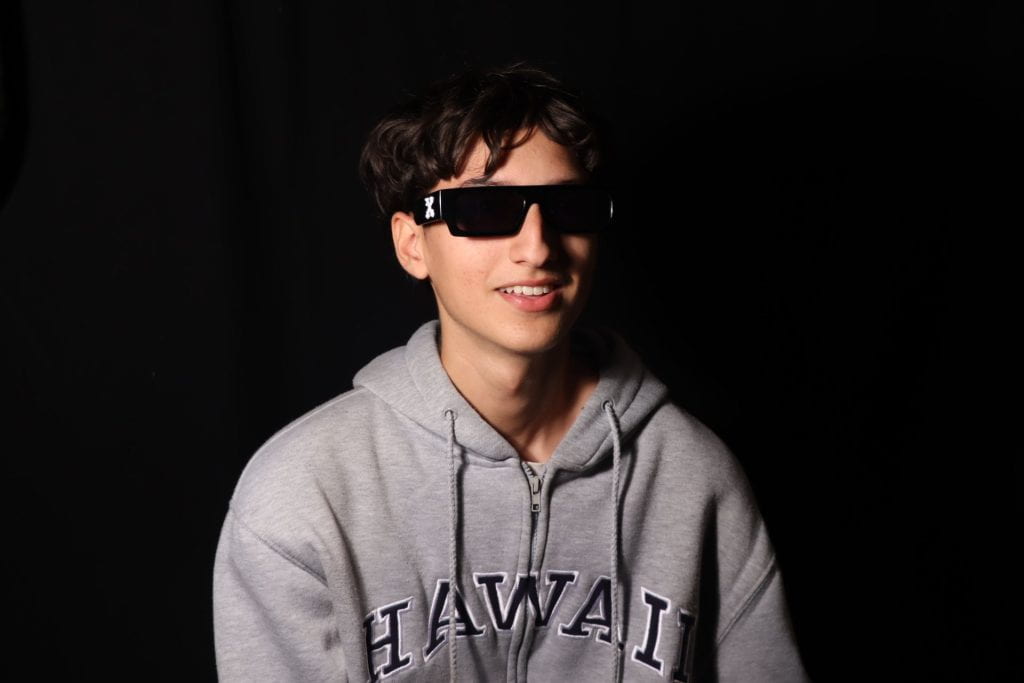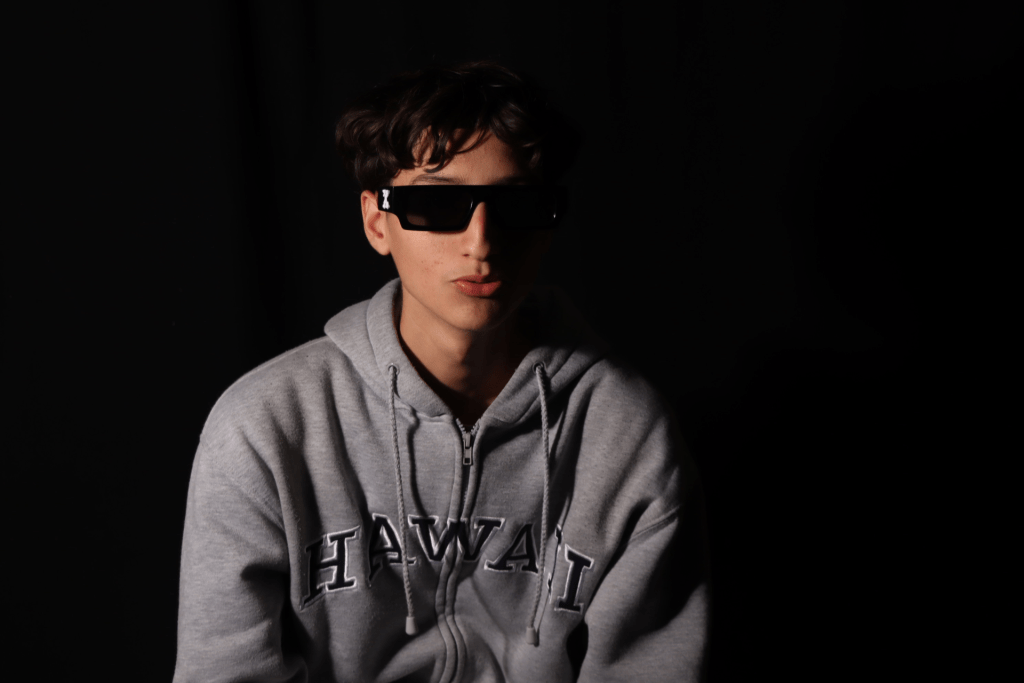The main differences between the two files are the size. RAW files are much bigger than a JPEG and any other image file formats. RAW files are also higher quality files that give the best possible image to edit. With JPEG files their smaller size makes it easier for fast transfers to software or sending the images. RAW files take longer to transfer also taking up way more space.
If shooting an important event, I would go with the safest option in shooting in JPEG to avoid in camera slowdown and making the transfers easier and keep space.
A RAW file can also be compressed into a JPEG. When doing this it makes the file smaller, and it loses data. Which can make the image appear pixilated or grainy.

